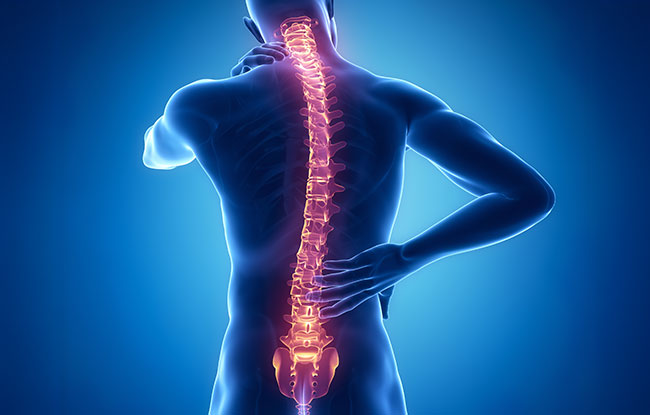Scoliosis Capitola
Scoliosis
Scoliosis is a spinal condition involving an abnormal spinal curvature. It makes the spine curve on one side but usually affects the upper and lower back. Do you know it is most common in the later stages of childhood or early teenage years when the person is growing fast? Research also suggests that people over 60 may also experience it. It is also more common in females than males. Remember, it may not be noticeable, but sometimes people may lean on one side or have uneven shoulders or hips due to the spine curve. Meanwhile, some other signs of scoliosis include backache, weakness, difficulty breathing or sitting, shoulder pain, etc.

What Causes Scoliosis?
In most cases, the cause of scoliosis is unknown and can’t be prevented. This is idiopathic but not linked to poor posture, exercise, diet, etc. However, research suggests traces of the condition's family history in some idiopathic cases, calling for a genetic link. It is common in adults and children, and in some cases, it may only be visible in later stages of life.
How is Scoliosis Diagnosed?
Initially, a detailed medical history along with family history is assessed. Changes in new developments, signs, or conditions are noted to determine the cause. The physical examination is performed where the patient stands and bends forward from the waist for the healthcare practitioner to see if one side of the rib cage is more prominent than the other side. Neurological tests to check for muscle weakness, numbness, and reflexes are standard, followed by imaging tests. X-rays can help detect the diagnosis of scoliosis; however, multiple radiation exposures throughout to determine if the scoliosis is improving or not can be harmful. So, alternate methods are also common, like ultrasound, but it may need to be more precise in determining the seriousness of the curve. Even MRIs are recommended if any underlying condition may likely cause scoliosis.
Schedule your appointment today at our pain management center in Capitola.
